Does Oily Skin Need Moisturizer? Best Types and Why
Does oily skin needs moisturizer? The role of moisturizing ingredients for oily skin often gets overlooked or outright dismissed from fear of exacerbating oil overproduction. However, contrary to popular belief, oily skin types do need moisturizer. Understanding the biological reasons behind this necessity can lead to a healthier, balanced skin barrier with adequate hydration that regulates sebum production.
In this article, delve into the intricate world of skin biology to explore why oily or combination skin and acne-prone skin types require moisturizer, the types of moisturisers suitable for this skin type, and essential tips for maintaining a well-balanced skin barrier.
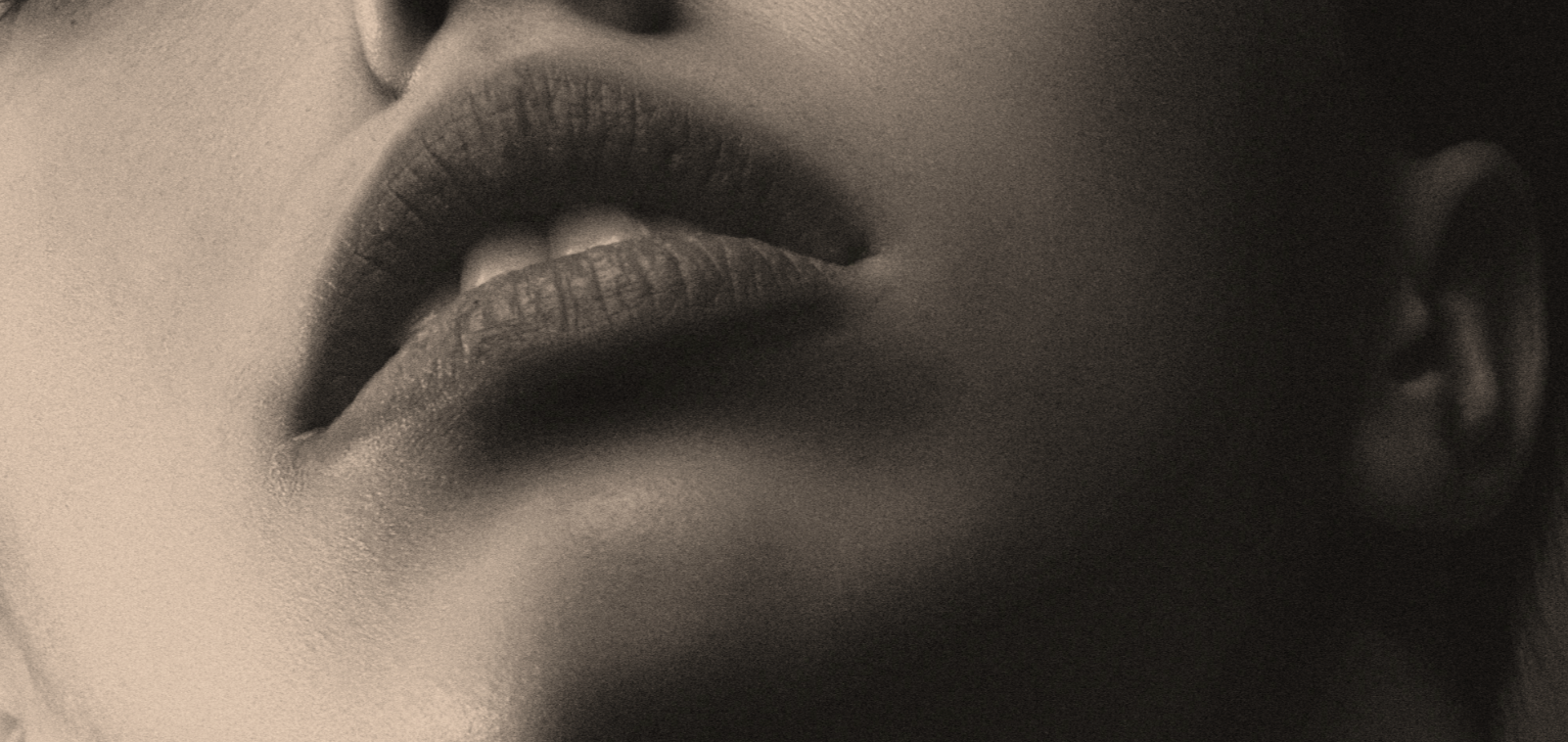
Section I: Understanding the Biology of Oily Skin
Oily skin is characterised by excess sebum production from the sebaceous glands, which are located within hair follicles throughout the skin. Sebum is a complex mixture of lipids, including triglycerides, free fatty acids, wax esters, squalene, and cholesterol. These lipids serve various functions in the skin, including lubricating the skin’s surface. They protect against water loss, and forming a barrier against environmental stressors.
We will now explore the distinct challenges posed by oily skin and sebum overproduction. Acquire a foundational understanding of the specific needs of oily skin. This will set the stage to later learn how moisturizer can effectively address these needs.
Sebum Overproduction in Oily Skin

Oily skin presents unique challenges in skincare regarding hormonal fluctuations (particularly androgens like testosterone), genetic predispositions, environmental factors like temperature changes and pollution, and improper skincare habits. These conditions exacerbate sebum production and pore congestion, particularly in the absence of moisturiser.
Hormonal fluctuations stimulate sebocyte activity within the stratum germinativum. This layer is responsible for the continuous renewal of the epidermis, giving rise to new keratinocytes that differentiate into mature skin cells. Hormonal changes trigger up-regulation in sebum synthesis and secretion via hair follicles to reach the skin’s surface. This overproduction of sebum disrupts the ability of the stratum germinativum to regulate keratinocytes and skin cell renewal processes, exacerbating oily skin concerns.
Pore-clogging
Excessive sebum can also interact with dead skin cells, dirt, and other debris on the skin’s surface and accumulate within hair follicles. This can lead to the formation of clogs within the pores. The excess oil combines with these substances to create a sticky mixture that can block the pore openings. The excess sebum, along with dead skin cells and debris, also creates a favourable environment for the proliferation of acne-causing bacteria.
Acne Formation
Additionally, sebum contains squalene, which can oxidise when exposed to air, forming comedones, like whiteheads and blackheads. Furthermore, the inflammatory response triggered by the presence of bacteria and trapped sebum can further exacerbate acne lesions. This manifests as redness, swelling, and the formation of papules, pustules, and nodules commonly seen in oily, acne-prone skin types.
Does Oil Alone Hydrate?
The short answer is no.
The sebaceous glands produce sebum, a natural oil that helps lubricate and protect the skin. However, sebum does not ‘replace’ the need for a topical moisturiser because it oil is not a hydrating agent.
Oil helps prevent water loss by forming a hydrophobic layer on the skin’s surface. Though, it does not possess the ability to attract or bind water molecules to the skin like certain hydrating ingredients in a moisturiser can. Therefore, relying solely on the skin’s natural oil production does not adequately hydrate the skin or replenish moisture levels.
Why Does Moisturiser Not Worsen Oily Skin?
One might assume that moisturising oily skin would exacerbate the issue, but the opposite is true. The right moisturizer with its formulation will help balance hydration levels, thereby helping to regulate sebum without adding excess oil or clogging pores.
How moisturisers provide hydration
The skin’s barrier function, composed of lipids, proteins, and natural moisturising factors (NMFs). Together, the play a crucial role in maintaining skin hydration and protecting against external aggressors. By providing lightweight hydration, moisturisers improve the water content of the stratum corneum in the deeper layers of the epidermis and dermis without exacerbating oil. Specific types of moisturiser ingredients (discussed below) help attract or retain water molecules to the surface of the skin.
Dehydrated, oily skin
In oily skin types, this barrier can be compromised due to excessive oil production. This leads to a paradoxical situation where the skin feels oily yet lacks proper hydration. A compromised or dehydrated skin barrier can trigger the sebaceous glands to overcompensate for the lack of hydration by producing even more oil as protection. This vicious cycle of oiliness and dehydration can lead to clogged pores, acne breakouts, and an overall greasy complexion. Dryness or skin irritation may also cause barrier disruption of the stratum corneum leading to increased transepidermal water loss (TEWL) and production of inflammation.
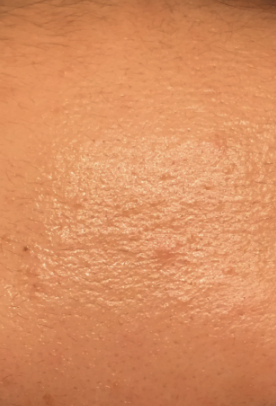

Section II: Why Does Oily Skin Need Moisturizer?
Oily skin requires moisturizer to mitigate Transepidermal Water Loss, particularly after cleansing or exfoliating with any drying active ingredients. A well-hydrated stratum corneum, the outermost layer of the skin barrier, is crucial for optimal skin health. This layer must maintain a balance of water molecules within the intercellular spaces to support efficient cellular processes.
In this section, we will investigate types of moisturizer and how different hydrating ingredients help the skin retain water and reduce TEWL.
Trans-Epidermal Water Loss (TEWL)
How TEWL disrupts oily skin
Transepidermal Water Loss (TEWL) poses a significant challenge to oily skin health. This highlights the essential role of moisturizers. When TEWL disrupts the delicate balance of water within the stratum corneum, the skin becomes prone to dryness, irritation, and inflammation. Dryness arises from inadequate moisture, weakening the skin’s protective barrier and resulting in roughness and flakiness. Concurrently, increased susceptibility to irritants and allergens aggravates inflammatory responses, manifesting as redness and itching. Moreover, TEWL contributes to a vicious cycle of oiliness and dehydration, prompting excessive oil production and pore congestion.
Thus, moisturisers play a crucial role in replenishing lost moisture, restoring the skin barrier, and mitigating the adverse effects of TEWL, fostering optimal skin health and a balanced complexion.
How the skin loses water
- Firstly, excessive oil production in oily skin can create a film on the skin’s surface. This may disrupt the natural balance of water and oil.
- Additionally, environmental factors such as low humidity or exposure to harsh weather conditions can further contribute to TEWL by accelerating water evaporation from the skin.
- Furthermore, the lack of hydration within the stratum corneum, the outermost layer of the skin barrier, can compromise its integrity, leading to increased permeability and moisture loss.
Types of Moisturizing Ingredients
Moisturisers tailored for oily skin types influence corneocytes in the stratum corneum by enhancing hydration and promoting optimal cellular function. The three main types of moisturising ingredients are as follows:
Emollients

Emollients work by smoothing the skin’s surface with oil droplets that mimic the natural oils found in the skin, such as ceramides and fatty acids. When applied, emollients fill in the gaps between skin cells, smoothing rough patches and creating a barrier that prevents water loss. Additionally, they enhance the skin’s flexibility and suppleness by replenishing lost lipids and repairing the skin’s natural moisture barrier. This process not only hydrates oily skin but also reduces the appearance of imperfections such as fine lines, wrinkles, and uneven texture, resulting in a smoother, more radiant complexion.
Some find it beneficial to opt for lightweight options like jojoba oil, which mimics the skin’s natural oils without leaving behind a heavy residue. However, it’s important to avoid greasy emollients that can exacerbate oiliness and pore-clogging. Emollients include a vast array of compounds ranging from esters to long chain alcohols and dimethicone.
Occlusives
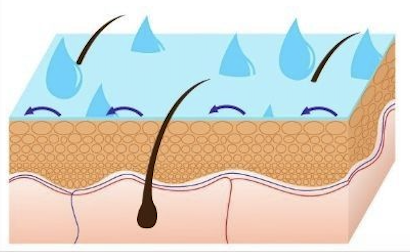
Occlusives form a hydrophobic ‘shield’ on the skin’s surface. This protective film effectively sealing in hydration and preventing Transepidermal Water Loss (TEWL) via evaporation. For oily skin, lighter occlusive agents like dimethicone are ideal, providing hydration without pore-clogging. While certain occlusive agents like petrolatum and lanolin tend to be greasy, silicone derivatives that have not been combined with other ingredients are not greasy.
Dimethicone reduces TEWL without a greasy feel and contains both occlusive and emollient properties. It is suitable for acne and sensitive skin types as it is noncomedogenic and hypoallergenic.
Its occlusive properties ensure that corneocytes in the skin remain plump, flexible, and well-hydrated by sealing in moisture. This contributes to a smoother, softer skin texture and strengthening the skin barrier against environmental stressors. Meanwhile, cyclomethicone is a thicker silicone that has similar properties as dimethicone.
Humectants
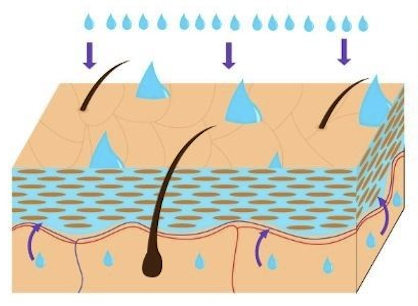
Humectants act as moisture magnets, drawing water molecules from the surroundings or the dermis and binding them into the epidermis. Glycerin, urea, and beta glucan are examples of effective humectants. These ingredients penetrate the stratum corneum and bind water molecules to the corneocytes. This hydration helps maintain the structural integrity of the corneocytes, preventing them from becoming dry, rigid, or flaky. Notably, humectants are a great options to enhance hydration levels without adding extra oil, unlike emollients and occlusives.
In contrast, emollients work by smoothing the skin’s surface with oil droplets, which may leave a greasy residue. Occlusives form a hydrophobic barrier on the skin’s surface, trapping moisture but potentially contributing to pore-clogging and a greasy feel.
However, it is important to choose humectants carefully to avoid pore-clogging or irritation.
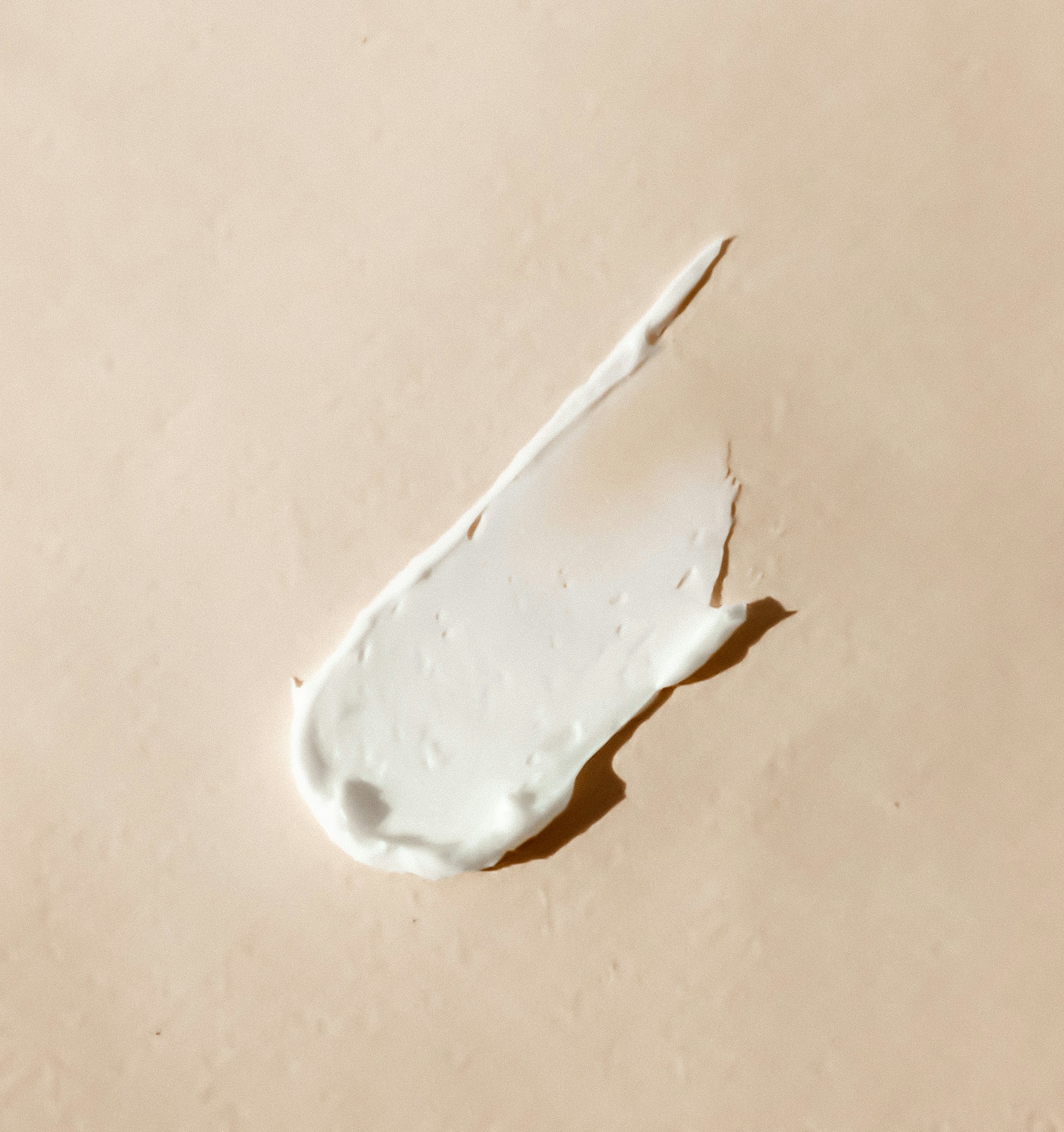
Why I Highly Rate Humectants
I highly recommend looking for humectant-based moisturisers if you have an oily, acne-prone skin type like me.
Humectant-based moisturisers are ideal for our skin type for adding hydration without adding excess oil or adding pore-clogging capabilities like some emollients and occlusives may. I have found the most results in plumper skin with a minimised appearance of fine lines.
Check out the Summer Fridays Cloud Dew Gel Cream Moisturizer here as one of my personal favourites.
How Humectants Hydrate Oily Skin
The transfer of water molecules from humectants to the skin barrier and subsequent hydration involves several mechanisms outlined below.
Penetration through the Stratum Corneum
The outermost layer of the skin acts as a barrier to prevent water loss. Moisturisers containing humectants such as glycerin or sorbitol have molecules small enough to penetrate this barrier. These humectants attract water molecules from the environment or deeper layers of the skin, drawing them towards the stratum corneum.
Binding to Natural Moisturising Factors (NMFs)
Within the stratum corneum, there are natural moisturising factors (NMFs) such as amino acids, urea, and lactic acid, which help retain water and maintain hydration. Humectants in moisturisers have an affinity for these NMFs due to their hygroscopic properties. The humectants in moisturisers help restore the skin’s hydration levels by attracting water molecules to the skin’s surface and binding them to NMFs. This process increases the water content within the stratum corneum, ensuring optimal hydration and skin health.
Formation of Hydrogen Bonds
Humectants like glycerin and hyaluronic acid are hydrophilic, meaning they have a strong attraction to water molecules. When applied to the skin, these humectants form hydrogen bonds with water molecules, effectively trapping them within the stratum corneum. This interaction creates a reservoir of moisture within the skin, promoting hydration and improving skin barrier function.

How Hydration Helps Exfoliation
A moisturised skin barrier plays a pivotal role in facilitating exfoliation by providing the necessary hydration for enzymatic processes. Within the stratum corneum, certain enzymes, such as serine proteases and metalloproteases, rely on water molecules to effectively break down proteins like keratin, which bind dead skin cells together. These enzymes are essential for exfoliation as they promote the gentle removal of dead skin cells, thereby clearing pores and encouraging higher cell turnover.
Unlike manual or chemical exfoliants, enzymes offer a controlled and gentle approach, targeting only dead skin cells without causing irritation or damage to the surrounding healthy skin. Moreover, the moisturised skin barrier allows enzymes to penetrate deeply, ensuring thorough exfoliation and a brighter complexion.

Section III: Selecting the Ideal Moisturizer for Oily Skin
There are a number of factors that individuals with oily skin should ideally keep an eye out for regarding the best moisturiser for their skin type.
Keep the following in mind when perusing labels of moisturisers to identify their compatibility with your oily skin and its specific needs.
Non-comedogenic, oil-free or water based
When choosing a moisturiser, oily skin individuals should prioritise formulations and specific ingredients. Seek out oil-free formulas or non-comedogenic formulas specifically labeled as “lightweight” or “oil-free.” Non-comedogenic moisturizers, which don’t clog pores, are essential for oily skin types to prevent exacerbation of acne and breakouts.
Steer clear of heavy creams or oil-based moisturizers, which may overwhelm oily skin.
Additionally, incorporate moisturisers with active ingredients like salicylic acid or benzoyl peroxide into the skincare routine (unless you have very sensitive skin, as these ingredients can be drying). The best moisturizer for acne-prone skin types include key ingredients that not only regulate oil production but also combat acne-causing bacteria.
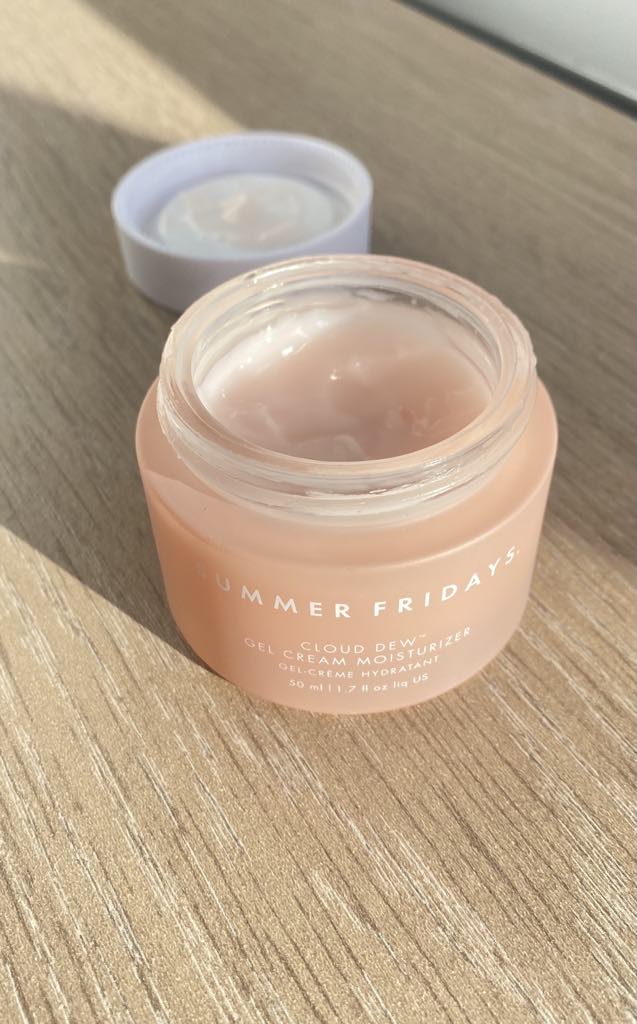
Maintaining a Holistic Skin care Routine for Oily Skin
A balanced skincare routine is crucial for oily skin’s overall health. Begin by cleansing the skin with a gentle face wash, such as the Murad Time Release Acne Cleanser, to eliminate excess oil, impurities, and wash away sunscreen. Follow up with a hydrating serum or lightweight moisturizer to replenish moisture levels and fortify the skin barrier. Don’t forget to apply non-clogging sunscreen daily to shield against UV rays and environmental damage, which can exacerbate oily skin issues.
The Redefined Feminine recommends opting for a lightweight, water-based moisturizer with plenty of quality, natural humectants to add humectants to add hydration without triggering overproduction of oil.
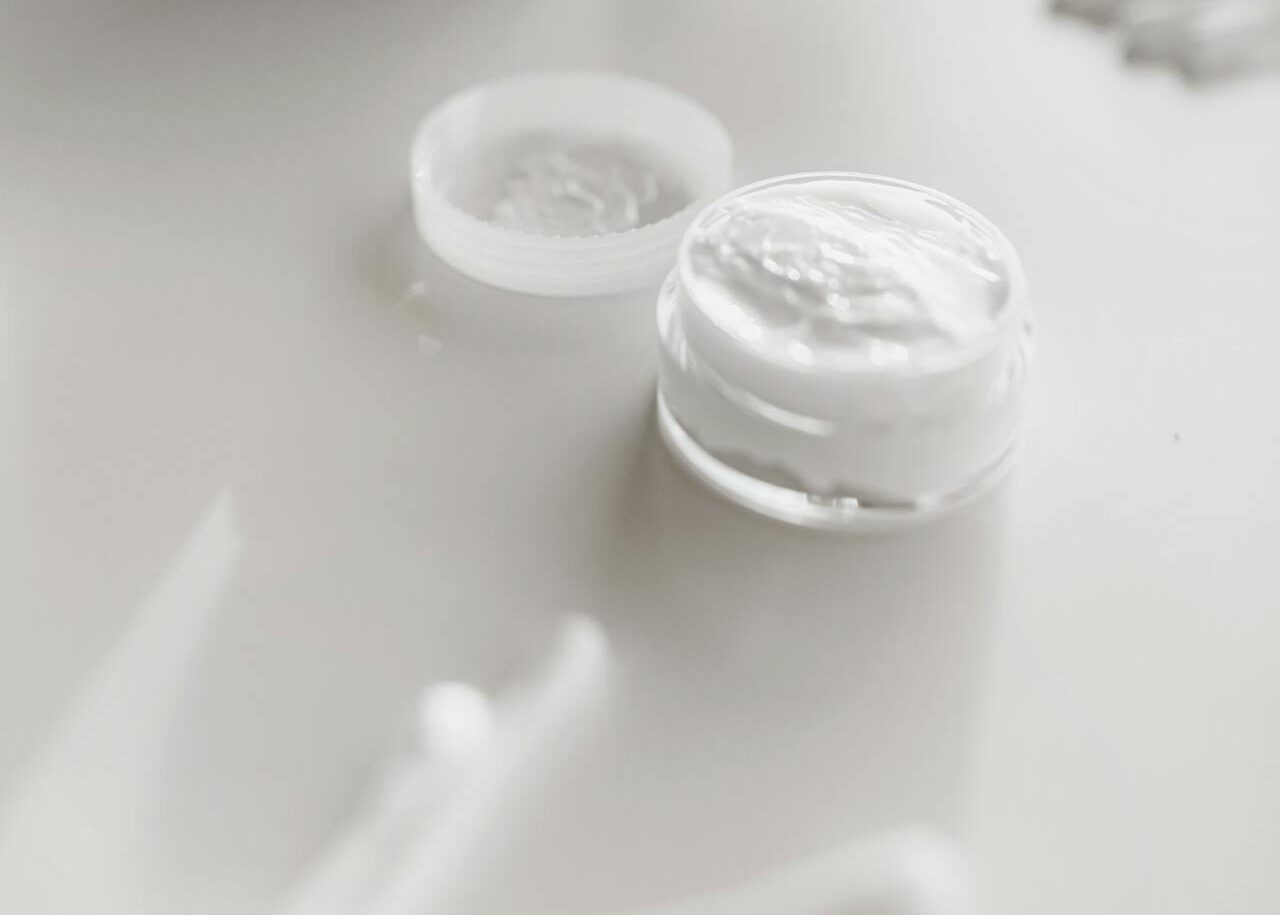
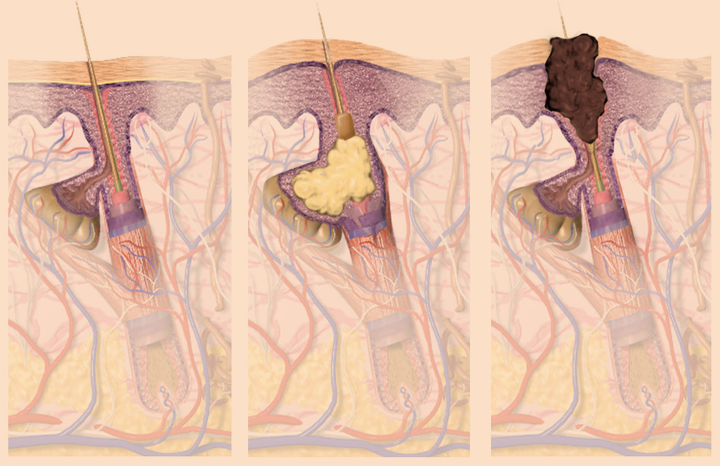
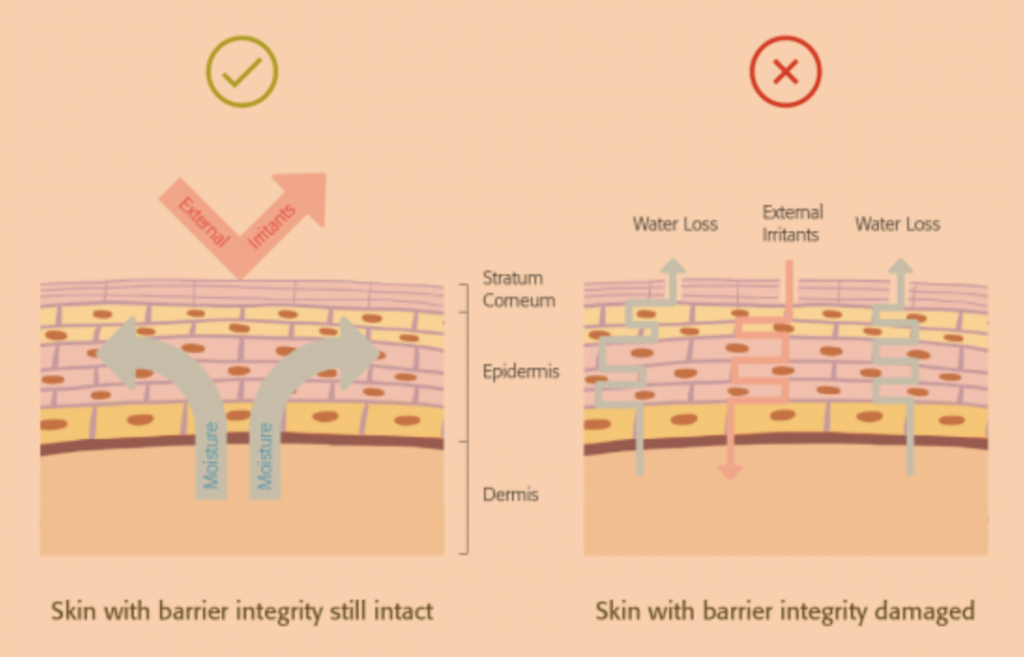
Leave A Comment